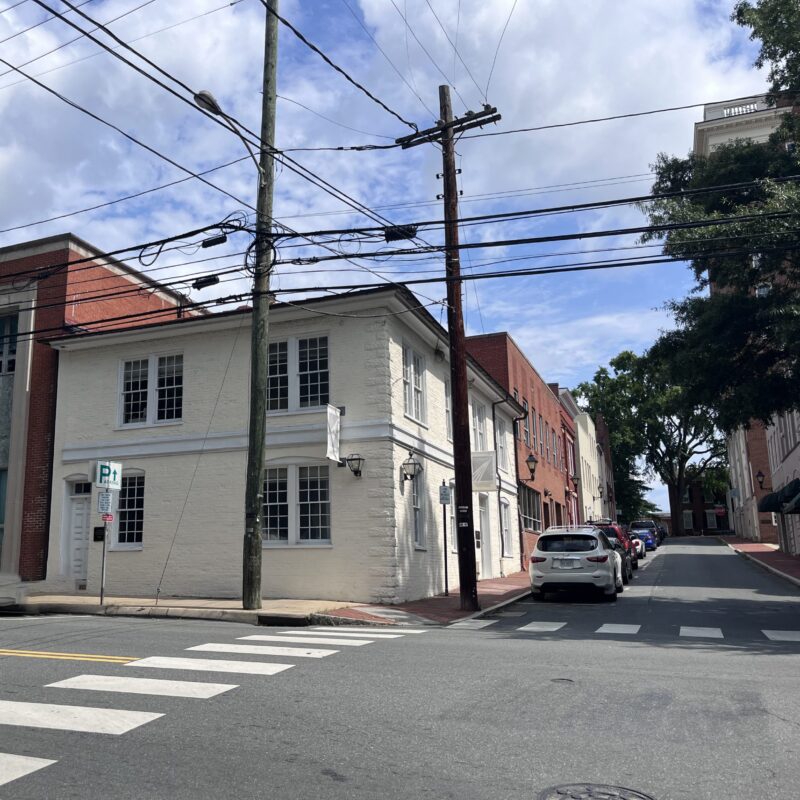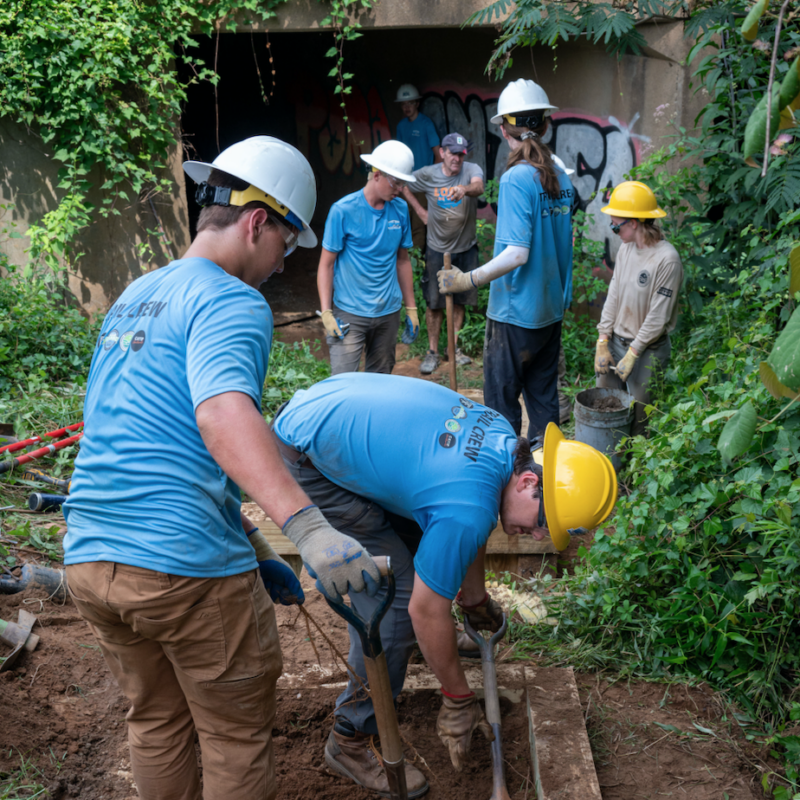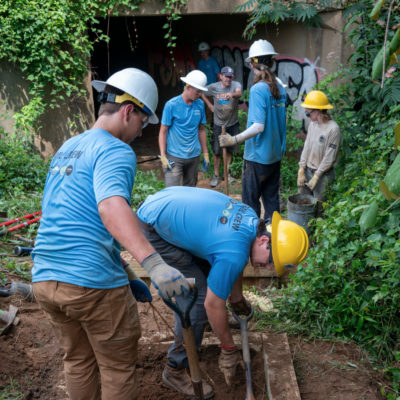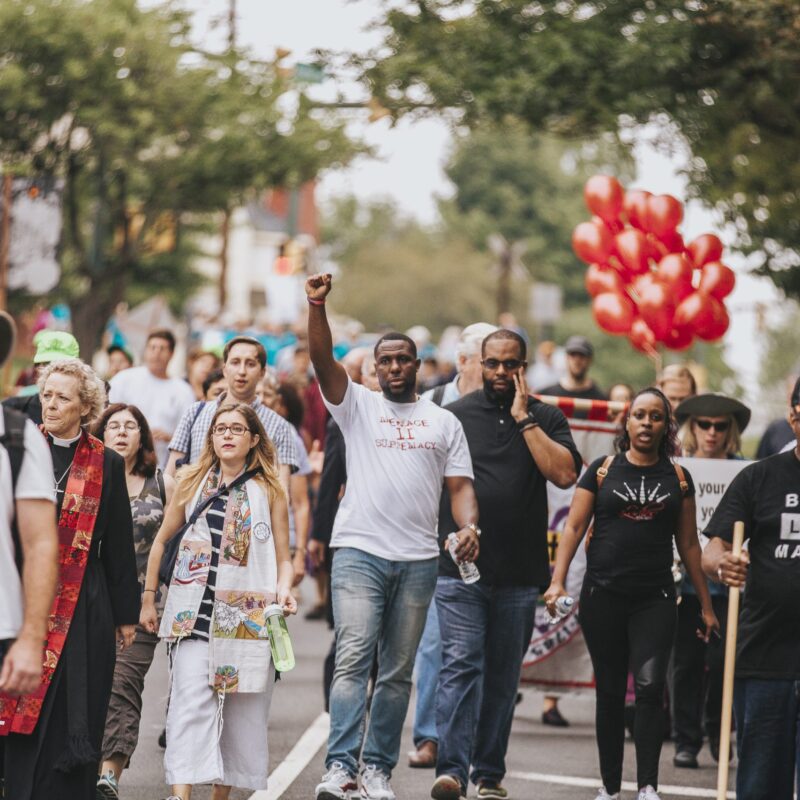Even though the woefully underfunded Virginia Department of Transportation has had to cut $2 billion from its budget since June and allocates zero dollars for new road projects over the next five years, local planners are finally returning their attention to the controversial Places29 master plan.
|
Is this Places29 rendering of a renewed Albemarle Square Shopping Center a vision of the future or just a sci-fi exercise? |
The $1.2 million plan, composed by consultants and paid for by the county, city and VDOT, got off the ground in 2005 but, despite the expected arrival of a final draft in 2008, the plan stalled after a key player, Harrison Rue, jumped ship in June.
Since then, Places29 has flown under the radar—until last week, when it appeared before the Albemarle County Planning Commission. But cloudy skies are still ahead, both in terms of planning and execution.
The plan re-envisions both the land-use along 29N, promoting redevelopment that includes a mix of residential and commercial, as well as the road network. The linchpin of the transportation recommendations are split-grade intersections at Rio and Hydraulic roads that would theoretically alleviate congestion by allowing commuters, shoppers and residents to use parallel roads.
“There is no doubt that we dug ourselves a deep hole on 29 by this pattern of approving every new shopping center that comes in…basically moving sprawl up the entire corridor towards the Greene County line,” says Morgan Butler, attorney for the Southern Environmental Law Center. “I think this plan is going to be important because it is going to start to reform these policies and try to dig out of the hole.”
The Planning Commission is reviewing the plan in chapters, and is yet to get to the one on implementation that details the costs of the plan. But it had enough to chew on at its February 10 meeting when it considered expanding the growth areas.
Most commissioners recommended against expanding the growth areas along 29N, though one of the newest members, Linda Porterfield, wanted to consider it.
“This document now is starting to look generations down the road,” says Neil Williamson, executive director of the Free Enterprise Forum. “And at the same time, the Planning Commission is suggesting that the development area boundaries have come down from the mountain on stone tablets. This is not the case.”
But those conflicts are trifles when compared to the issues facing the road recommendations. There is no money available for any of these changes. The only road projects moving forward at this point are those with funding already lined up—such as the Meadowcreek Parkway, on which construction starts this week. VDOT sent a warning last week that localities shouldn’t count on funding, even for maintenance.
What about that $790 billion coming out of Washington? Even with cash from the stimulus package, VDOT officials say money would fund maintenance, bridge repair, and possibly projects in the southwest—certainly not any of the multimillion-dollar pieces of Places29.
“I was actually surprised to see [Places29] come up on the agenda,” said Commissioner Tom Loach. “I know how important a master plan is, but I also know how important it is that there would be adequate funding.”
From VDOT’s point of view, if you can’t build, at least you can plan. To that end, the agency has put $1.5 million toward yet another study of Route 29.
This one will be different, VDOT officials say, because it will be the first one to look comprehensively at the 219-mile stretch of Route 29 from North Carolina to I-66.
“I’m not expecting a whole lot,” said county Supervisor Ken Boyd after an initial meeting on the study. “It’s not like it’s the first time we’ve done this.”—Chiara Canzi and Will Goldsmith
C-VILLE welcomes news tips from readers. Send them to news@c-ville.com.






